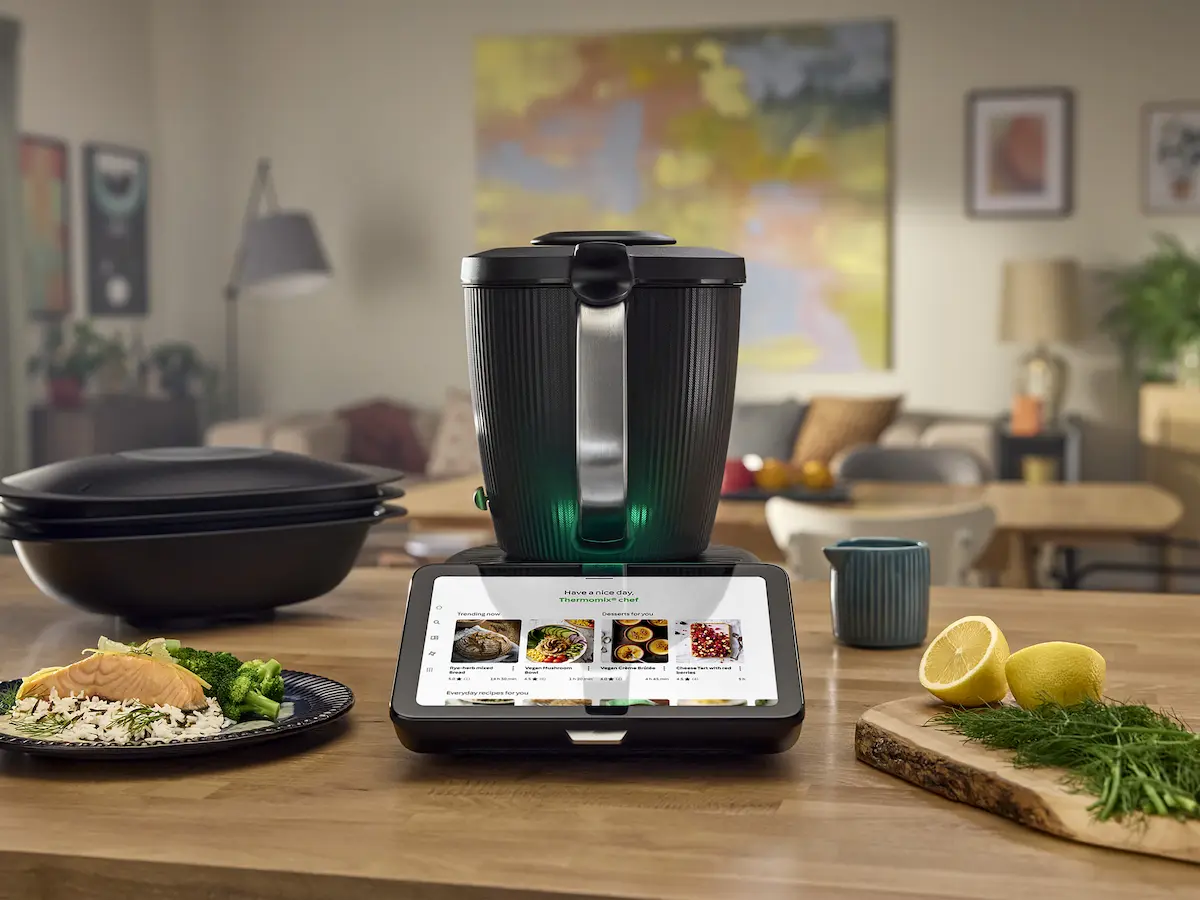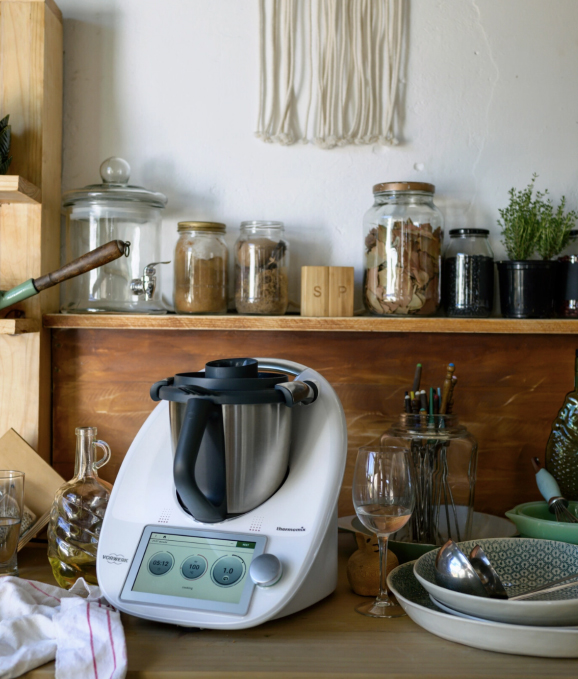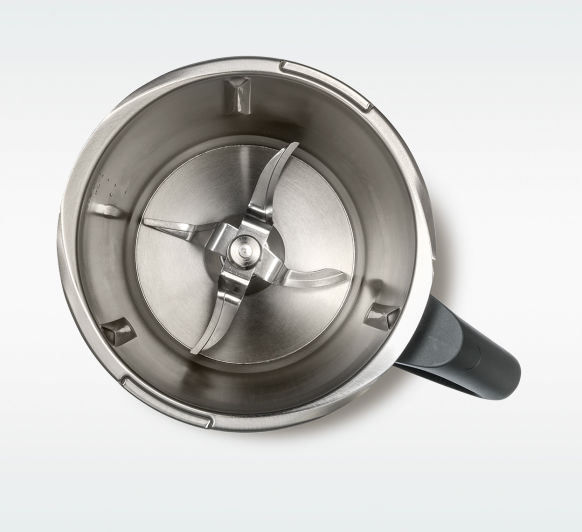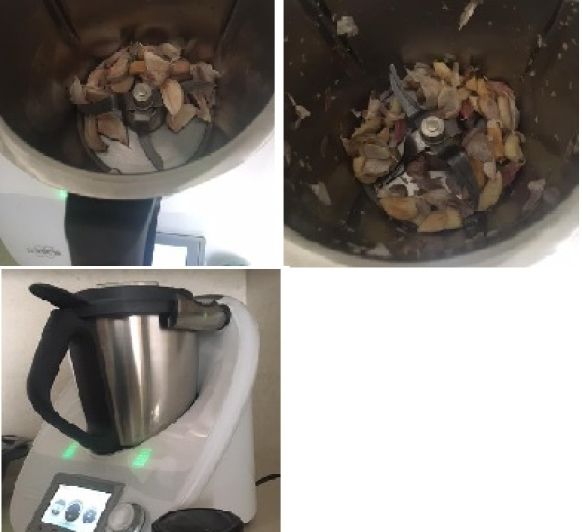Este es mi blog de Thermomix® .
Llevo usando un Thermomix® en mi cocina desde 2006 y desde el 2015 soy agente comercial, pertanezco a la delegación en San Pedro Alcantara (Marbella). En esta pagina comartire recetas, trucos, promociones y mas cosas.
No dudes en contactar conmigo para cualquier cosa que necesitas de Thermomix® .
This is my Thermomix® Blog.
I've been using a Thermomix® for thirteen years and just over four years ago I decided to become a consultant. I'm part of the San Pedro Alcantara (Marbella) team. Here I'll be posting recipes, tips, promotions and lots more things.
If you need anything to do with Thermomix® do not hesitate in contacting me.










